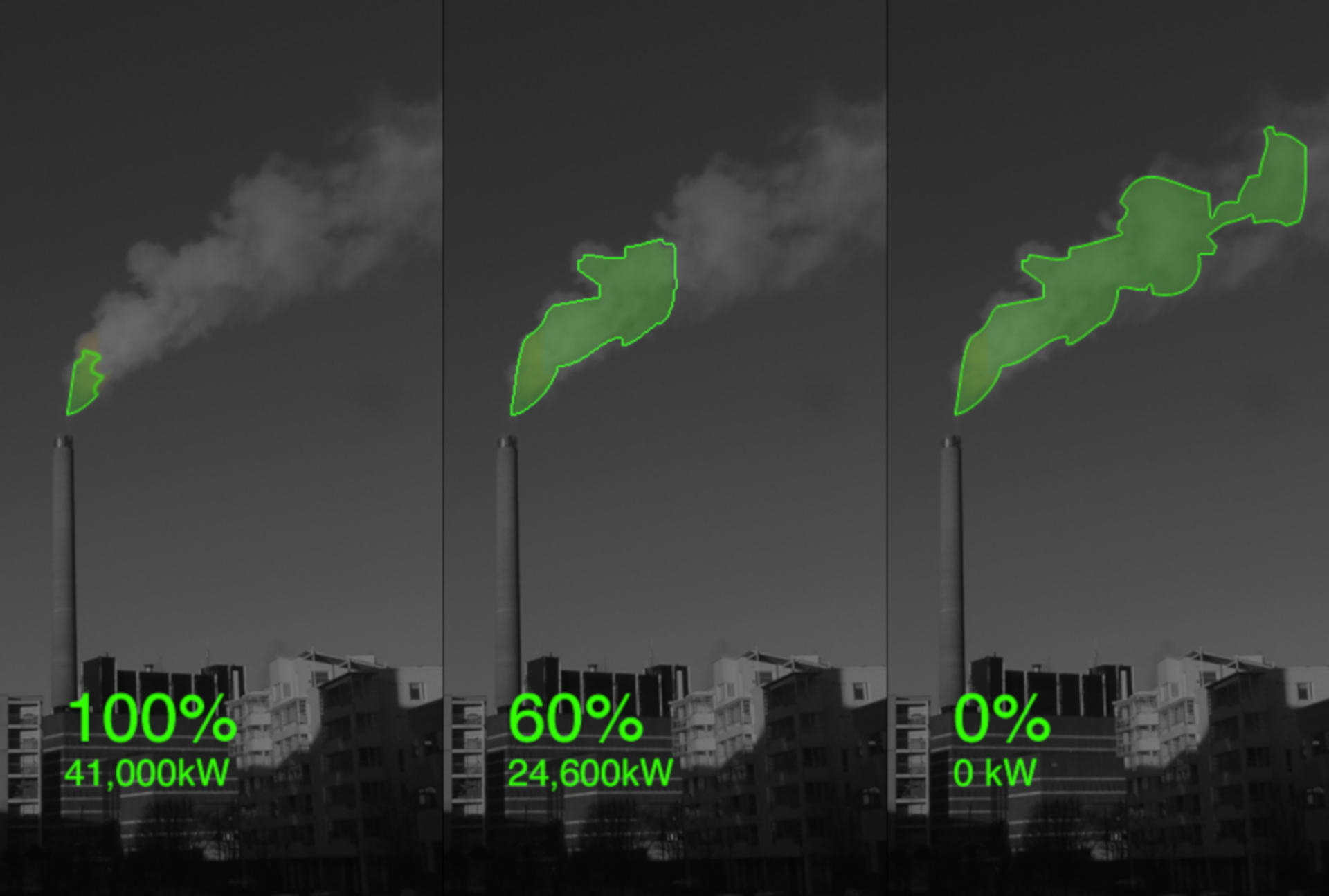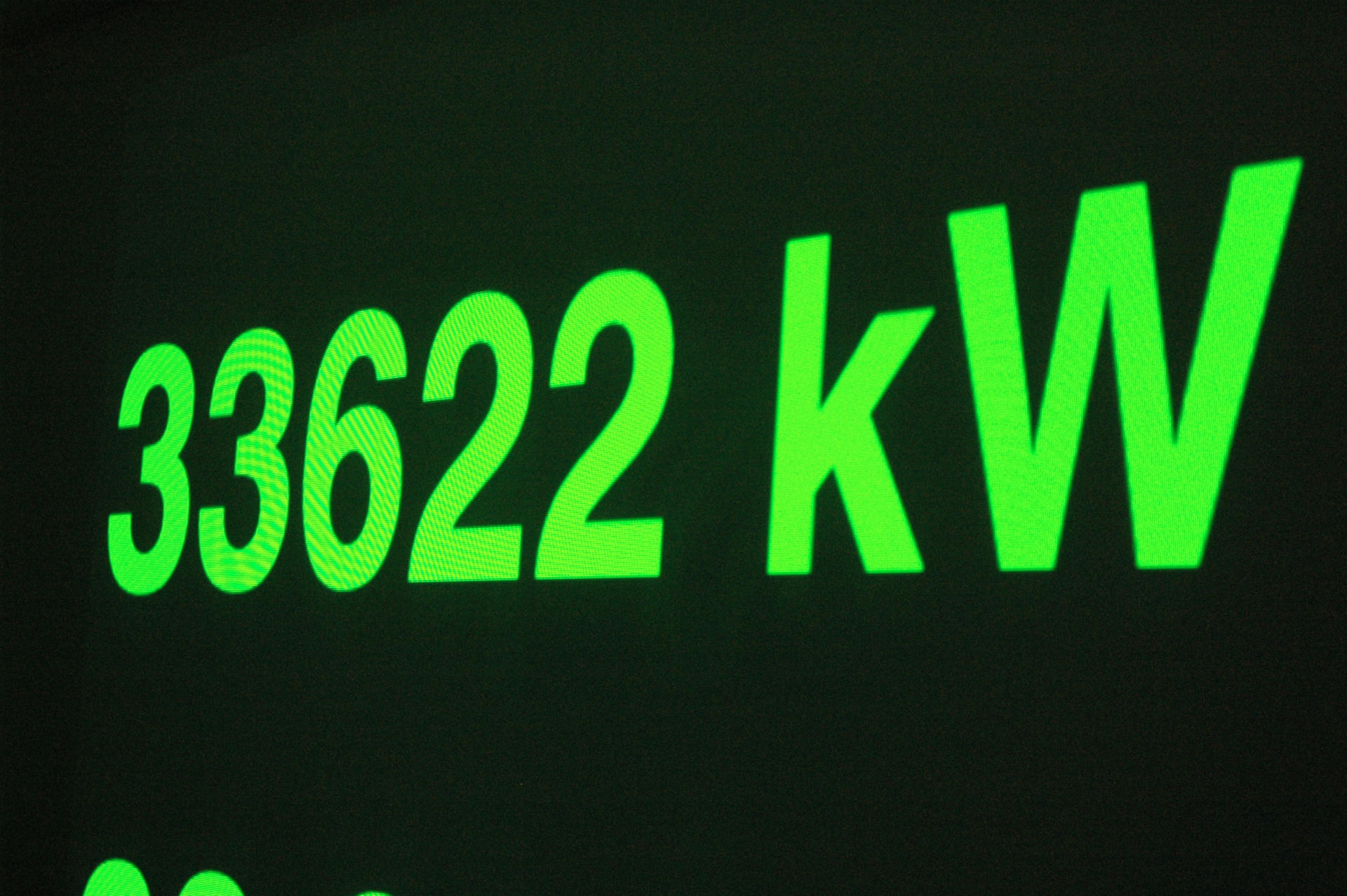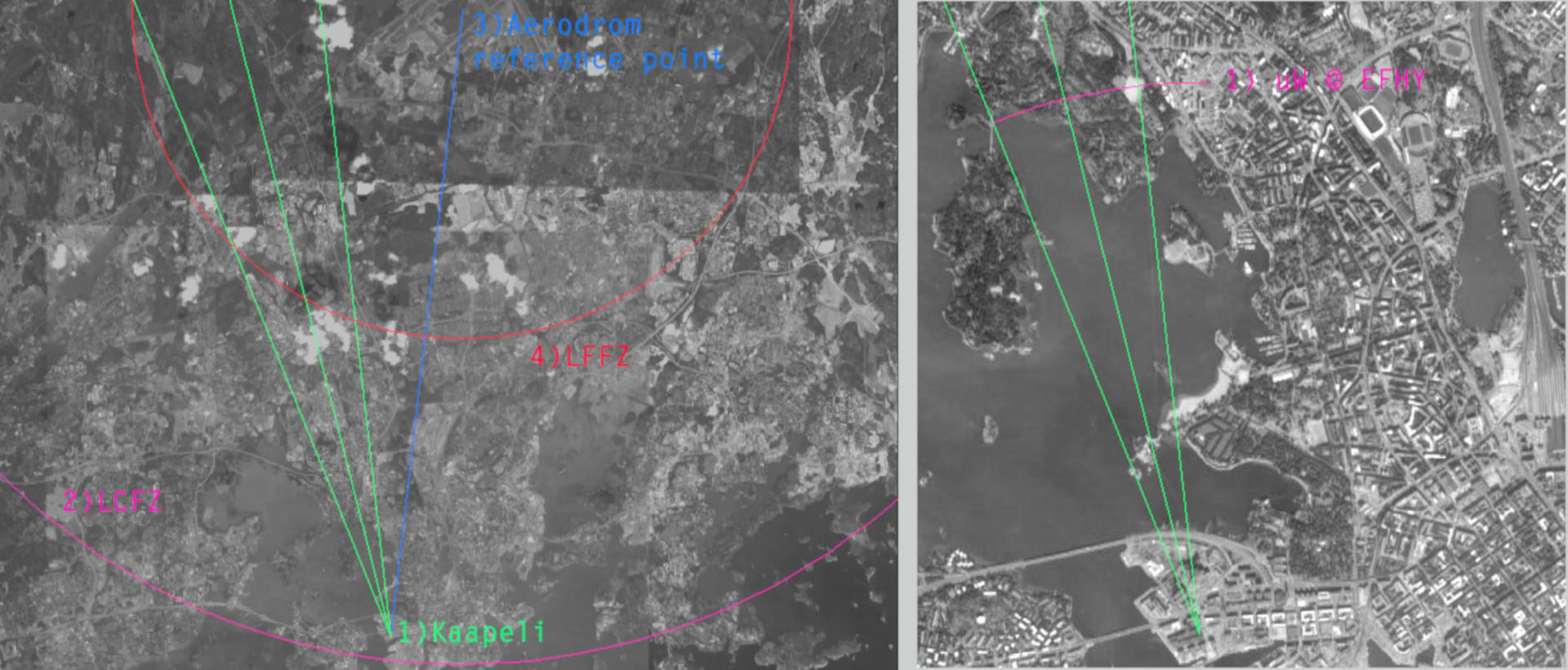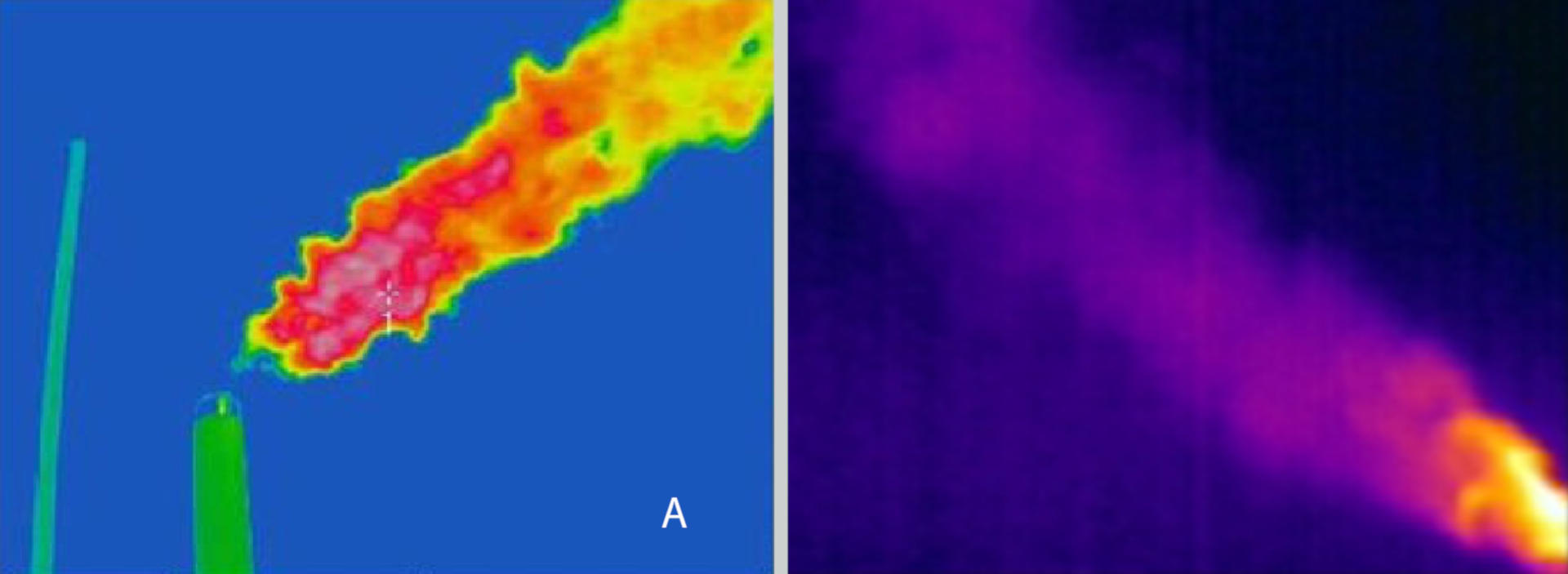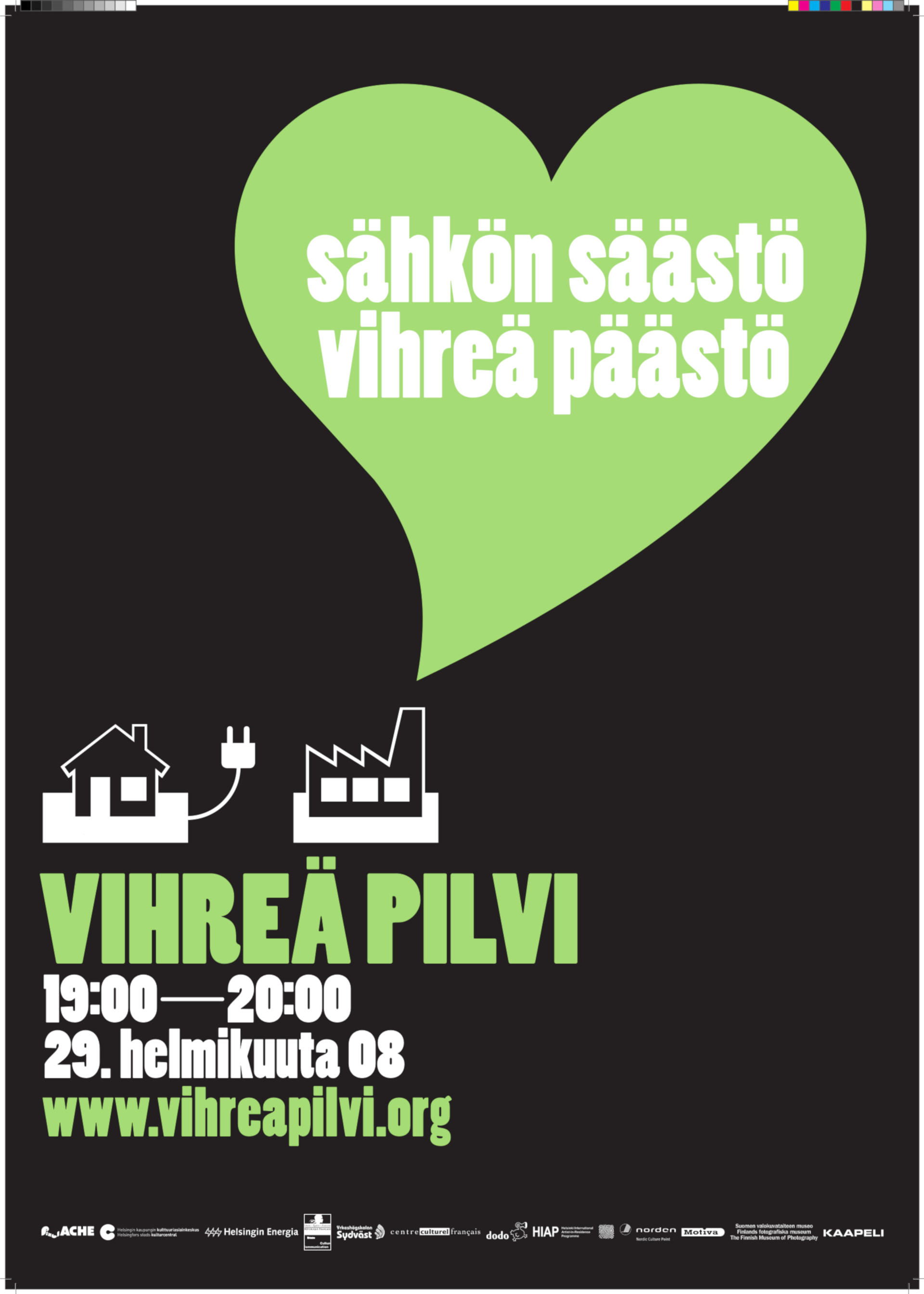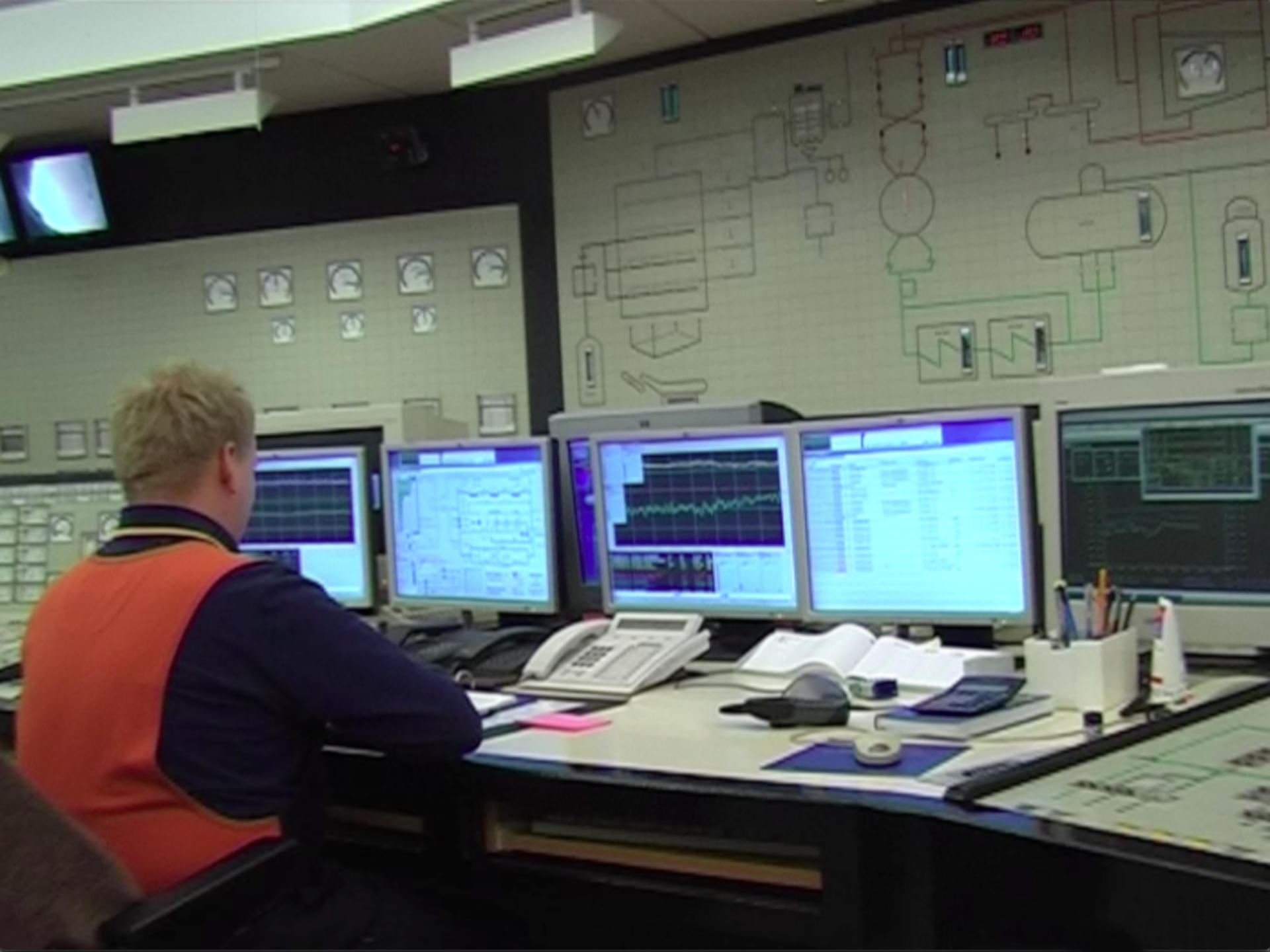Nuage Vert, Helsinki
Nuage Vert (Vihrea Pilvi), Helsinki 2008
Le premier édition de Nuage Vert a mise en lumière le nuage de vapeur émis par le centrale thermique Salmisaari à Helsinki, Finlande, en utilisant un rayon laser vert qui en souligne les contours en temps réel. Au-delà du spectacle de la projection sur le nuage de vapeur, Nuage Vert est aussi un espace ouvert, une toile sur laquelle chacun peut projeter ses propres questions concernant notre culture de consommation d'energie.
Réalisé avec Pixelache Festival of Electronic Art and Subcultures en partenariat avec la Helsinki City Cultural Office, Helsinki Energy, Yrkeshögskolan Sydväst, Dodo ry, HIAP – Helsinki International Artist-in-residence Programme, Foundation for Environmental Art, Nordic Culturel Point, Motiva oy, Finnish Museum of Photography, Cable Factoryavec et a reçu le soutien du DICREAM de la Ministère de la Culture de France et le Centre Culturel Français à Helsinki.
The Concept of Nuage Vert
In the past decade new buzz words have entered into media discourse and everyday language: ecological visualisations, carbon offsets, eco footprints, food miles etc. These abstractions signify our attempts to quantify individual responsibility and to find ways of facing up to the very real challenges of climate change, and the exploitation of finite natural resources.
Nuage Vert is based on the idea that public forms can embody an ecological project, materialising environmental issues so that they become a subject within our collective daily lives. Its material, collective and aesthetic dimension distinguishes it from other approaches. A city scale light installation onto the ultimate icon of industrial pollution, alerts the public, generates discussion and can persuade people to change patterns of consumption.
Nuage Vert is ambiguous, as it doesn’t offer a simple moralistic message, but rather tries to confront the city dweller with an evocative and aesthetic spectacle, which is open to interpretation and challenges ordinary perception. Turning a factory emission cloud green, inevitably, leads to questions being asked. It shifts the discourse about climate change and carbon emissions from abstract immaterial models based on the individual, to the tangible reality of urban life. The project was situated in the cultural context and specific locality of Ruoholahti, a former industrial harbour redeveloped as modern residential district of Helsinki, Finland, where there is ever-increasing energy consumption.
Every night from 22-29 February 2008, the vapour emissions from the Salmisaari coal burning power plant were illuminated with a high power green laser animation. The laser drew an outline of the moving cloud onto the cloud itself, colouring it green, turning it into a city scale neon sign, which grows bigger as local residents take control and consume less electricity.
The project was conceived in 2003, whilst living in the suburbs of Paris, Saint-Ouen, looking out of the window onto a wonderfully dystopian view of a waste incinerator. The vapour emissions from this chimney were an incredible sight in the urban skyline, producing huge rolling cumulus clouds night and day, which needed highlighting. One night, while speculating on ways to colour it and dreaming up strategies for achieving this end, the wind changed direction and the cloud headed in the direction of home. This terrifying change led to an investigation about the more utilitarian function of the ‘cloud factory’, and the sociological dimension of the project began to unfold.
Stategic problems of the realisation of Nuage Vert
From the outset, it was important to work with the owners and managers of the chosen power plant and to engage them in the project, since without their cooperation the event would be a symbolic act rather than a social process. The managers were implicated, not because they own the cloud - as the cloud belongs to us all - but because the project required access to their production data, or rather, to the vital information about how much energy local residents were consuming. The actions and involvement of local residents living close to the active power plant were essential to the project, as if there was an umbilical connection between the local actions and the vapour.
After several failed attempts to realise the project in France, efforts were diverted to the Salmisaari CHP (Combined Heat and Power) power plant in Helsinki. The environmental director of Helsinki Energy, rejected the project outright, but was at least open enough to meet. After a long 4-hour debate, he began to warm to the project and personally declared his support. It took another 3 years of discussions and partner building to get the official support of Helsinki Energy, which was achieved just four months before the launch, even though major preparations had already begun. The critical mass of partners, including environmental activists and a governmental think tank, was important enough to persuade the energy company that it had become politically favourable for them to embrace the project, rather than leave it to happen without them.
To realise a project on such a scale, it was necessary to collaborate with a wide range of organisations from sectors that wouldn’t normally work together: from culture, science, industry, communication and ecology. The technical aspects were realised with the help of scientists from the Laser physics department at Helsinki Technical University and the Computer science department at the University of Illinois, as well as a medical laser manufacturer, and the energy producer itself. To mediate the project, a communication strategy was devised that employed a naïve and iconic language designed by Devalence, a Parisian design group. Working with cultural management students, slogans were created for the flyers and posters, such as: “Aurora borealis in Helsinki?”. With Dodo, an Finnish environmental activist group, Nuage Vert was presented to 240 local school children, between the ages of 7 -16. Local community groups distributed posters and flyers around the area and a sticker for switches & plugs asking people to Unplug! was distributed to 4,000 households. The project was covered by all the local freesheets, the citywide press, national radio and regional TV news. Although the communication strategy focused on activating Ruoholahti residents, the greening of the cloud was visible beyond the boundary of the city, over 10 km away.
Outcome
During the unplug event, on Friday 29th February between 7-8pm, 4,000 local residents reduced their energy consumption by 800 kVA. This is equivalent of the power generated by one windmill running for one hour.
This is the first time that an invisible digital infrastructure measuring local electricity consumption had been made public and visible. Incredibly, despite the current energy crisis and the ever-increasing demand for energy, electricity just flows freely, like a wild river, only monitored on an individual basis. The results of the unplug event - realised on a tiny budget and with limited resources – points to the future possibilities for urban planners to make complex calculations and networked information available as public forms. Giving form to the relationships between institutions and those that consume their services could lead to the creation of a new type of citizenship and the transformation of a city.
Since vast amounts of energy cannot be stored, producers across large geographical regions have to produce exactly the amount of energy that is being consumed right now, within microseconds. In Finland, the energy grid is connected to Norway, Sweden and Denmark, which means that if people in Ruoholahti consume less, even though there will be no less coal burned at the Salmisaari power plant, there will be less coal burned somewhere within the Nordic Pool. The more energy that is consumed, the higher the energy prices rise, and the more profitable it becomes to produce via expensive and unsustainable methods: such as coal-fired condensing power plants, condensing oil and gas turbines. So, the cheapest and most environmentally friendly energy is energy that is NOT consumed.
Of course, there is an element of fiction, in asking people to give up energy to feed Nuage Vert, as if the energy saved is then transferred onto the cloud. And the idea of reading information into a dynamic moving cloud requires a temporary suspension of disbelief.
As a transmitting architecture, Nuage Vert conveys multiple ideas: could this green cloud be a toxic cloud or an emblem for the collective effort of the local community? The meaning is left open for each and all to decide, and will depend upon the level of engagement.

